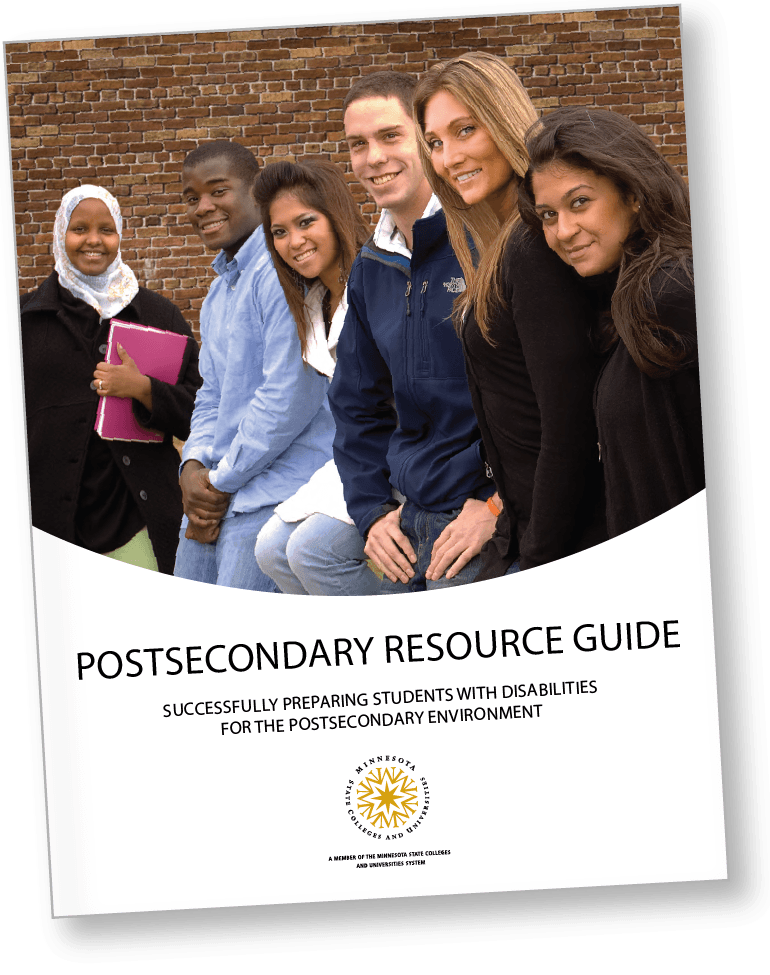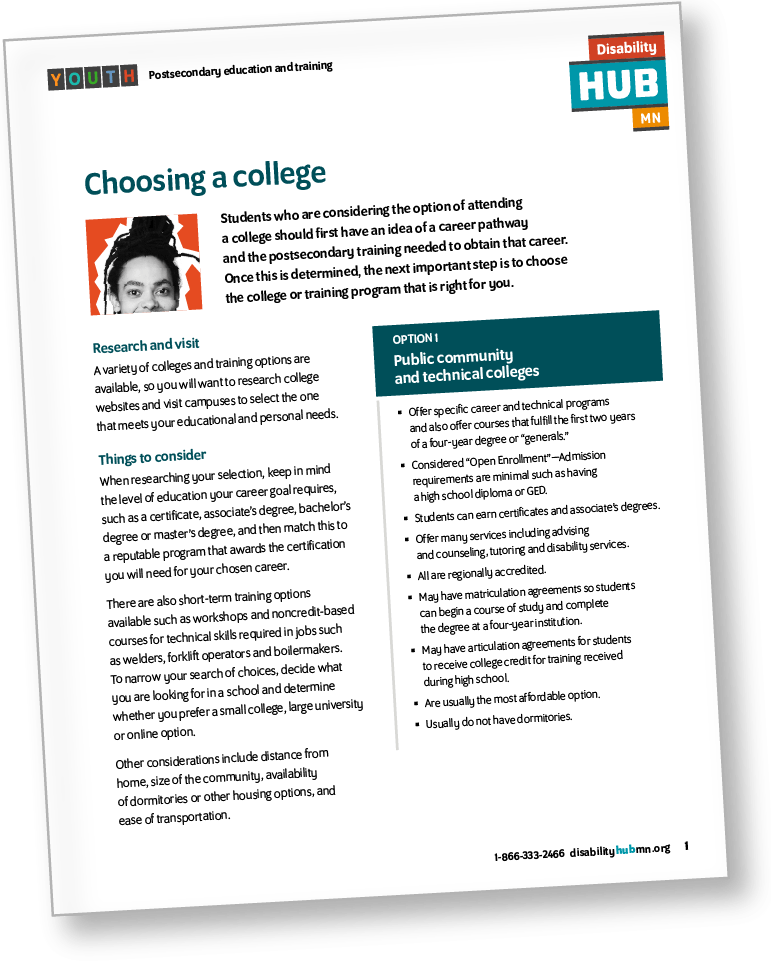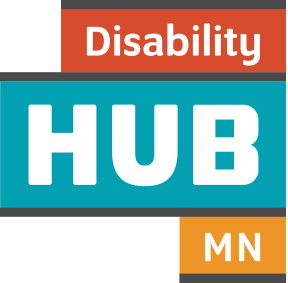Opening new doors
Education after high school provides many benefits beyond the goal of achieving a fulfilling career. Your student will also have opportunities to develop valuable life skills, experience greater independence, meet new people, and explore their interests and the world around them. Though the tendency during high school is to focus on academic requirements for postsecondary admission, it's just as important to prepare your student with the life skills that will be needed in the postsecondary setting.
When your youth transitions to college or other postsecondary setting you may no longer be involved in every decision concerning their education. Sometimes your student must be given the opportunity to fail and learn from those failures. At other times, your youth will need the opportunity to shine. Continued family support and encouragement helps youth find success during transition.
Watch the 5 minute video below. Learn from young people with disabilities who have found success in postsecondary education or training, opening new doors and supporting their ultimate goals after high school.
Postsecondary Education and Training




